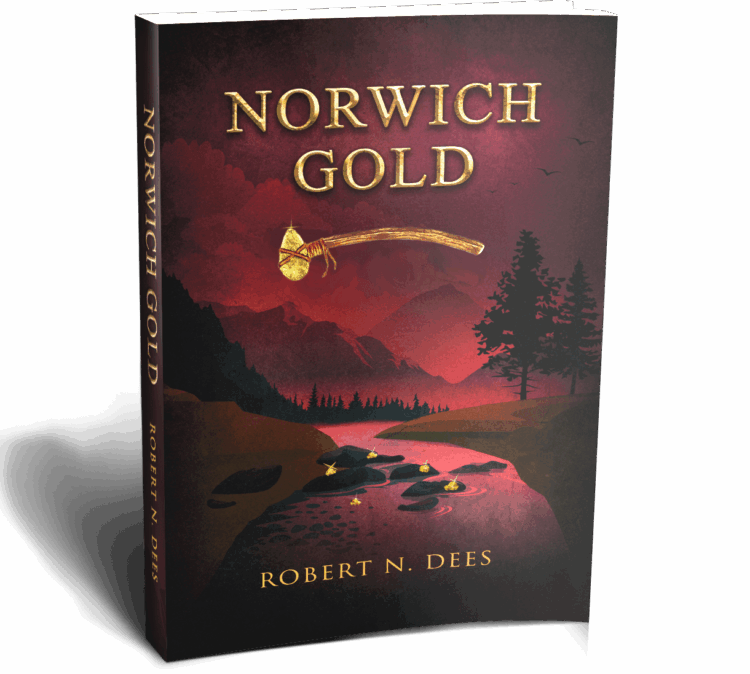Dates of Historic Norwich Events
| Month | Day | Year | Event |
|---|---|---|---|
| January | 1 | Every | New Year's Day |
| January | 19 | Every | birthday |
| January | 30 | 1710 | Samuel Huntington birthday |
| January | 16 | 1737 | Freshet floods Norwich |
| February | 14 | Every | Presidents' Day |
| February | 14 | Every | Valentine's Day |
| February | 17 | Every | St. Patrick's Day |
| February | 28 | 1729 | Flood in Norwich |
| March | 4 | Every | Mardi Gras |
| March | 21 | Every | Greg birthday |
| March | 22 | Every | dummy 1 |
| April | 1 | Every | April Fools Day |
| May | 1 | Every | May Day |
| May | 26 | Every | Memorial Day |
| June | 19 | Every | Juneteenth |
| July | 4 | Every | Independence Day |
| August | 15 | Every | Who knows |
| September | 1 | Every | Labor Day |
| September | 4 | 1720 | Flood in Norwich |
| October | 31 | Every | Halloween |
| November | 11 | Every | Veteran's Day |
| November | 22 | Every | Thanksgiving |
| December | 25 | Every | Christmas Day |
| December | 7 | Every | Ellen birthday |
MEDIA LIBRARY
This Media Library lies at the heart of the IconicNorwich.org website. This searchable database quickly connects users to media and articles about early Norwich history. The articles presented on this website are organized into several collections.
Over 2,000 media are housed within the Iconic Norwich Collection. These are articles that were compiled, composed, and curated by IconicNorwich.org members over a several-year period.
The remaining media (approximately 1,000) are organized into collections of newspaper articles, magazine articles, and internet blogs authored by Norwich historians. Click on the small, downward-facing black arrow in the white box labeled “Collection” to view the available collections.
Recent Updates to IconicNorwich.org
Updated: Wawecus Hill Gold Mining Co.: Click Here
Updated: 1876 Almshouse Fire: Click Here
Added: 1958 Convent Fire: Click Here
Added: Calamities Category: Click Here
IconicNorwich.org
Designed, Built, and Maintained by Bob Dees.
Email questions & comments to:
BobDees@IconicNorwich.org
The text below is all inside a “Edit Text Editor” widgit. the text was typed with both upper and lower case text
This is default heading 1
This is default heading 2
This is default heading 3
This is default heading 4
This is default heading 5
This is default heading 6
Norwich History Resources Outside IconicNorwich.org Website
Click on an Image Below to Learn More
Want to see 1000s of Norwich historical photos ?
Google Charts

Temp
Did You Know That ….
Herbert Lerou won the June 7, 1920 election for the Mayor of Norwich by a ONE VOTE margin? It was the closest mayoral election in Norwich’s history.
Recent Updates to IconicNorwich.org
Updated: Historic Lutheran Churches in Norwich: Click Here
Added: Greeneville Manufacturers Map: Click Here
Third Meeting House Floor Plan
The image below shows the ground floor plan of the 3rd meeting house during the years 1756-1761. The arrangement and seating for the gallery (a.k.a. second floor) can be viewed in Info Source 2). The minister’s family sat next to the Pulpit, and below him sat the Deacons.
Before 1791, the pews were not sold yearly. Instead, they were family possessions, and two names on the same pew-box did not always indicate joint occupancy but possibly an inheritance or a sale from one owner to another.
The floor plan shows the layout and the prices paid for the pew boxes. Upon inspection, it is clear that pews nearer the front and center were more valuable.
The first annual pew sales (a.k.a. rentals) occurred in 1791.
*Place cursor over image to magnify
Benedict Arnold Jr., the notorious traitor, was baptized in the third meeting house on 01/11/1741. During the time period of this floor plan, he would have been about 19 years old. Upon inspection of the floor plan, Benedict Arnold Sr. paid £18 for his family’s pew box (pew box #45). Eighteen British pounds in 1760 would be worth approximately $6,000 in today’s dollars.
In the 1760s, the Arnold family sat in one of the best pews in the meeting house, symbolizing their high community status. However, as the Arnold family’s finances declined and his father’s alcoholism increased, the family underwent the public humiliation of being resigned to the gallery for poor people.
Benedict Arnold Junior’s father was arrested on several occasions for public drunkenness and was refused communion at the church. Benedict’s mother, Hannah Waterman Arnold, was cruelly reminded every Sunday of how her family’s fortunes had fallen.
Temp
The complete list of sources may be found by clicking the “Bibliography” button, and, then entering “Clinton Mill” in the SEARCH box.
This presentation was delivered at the Eliza Huntington Home on February 26, 2025

